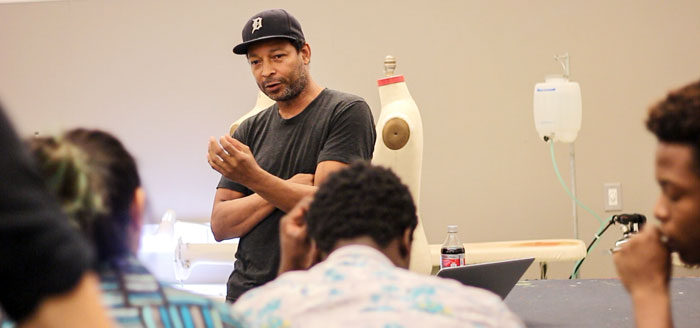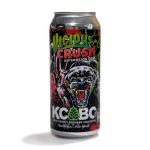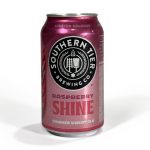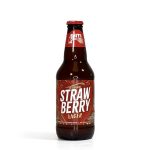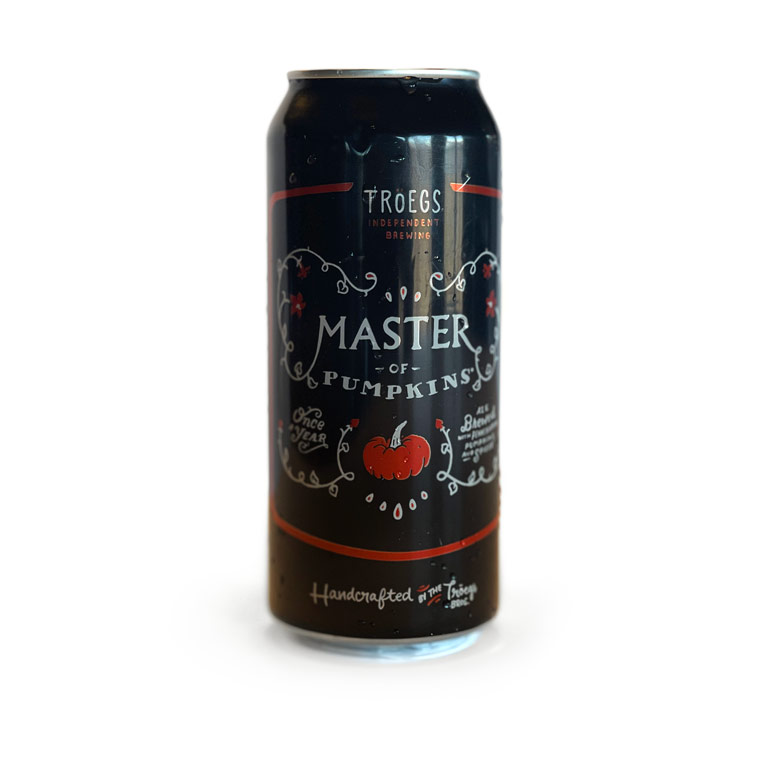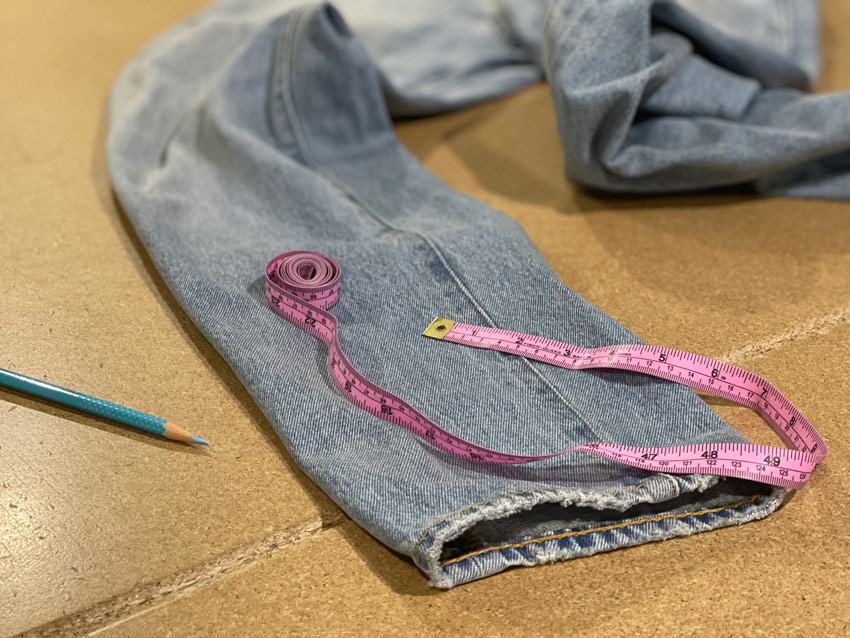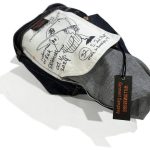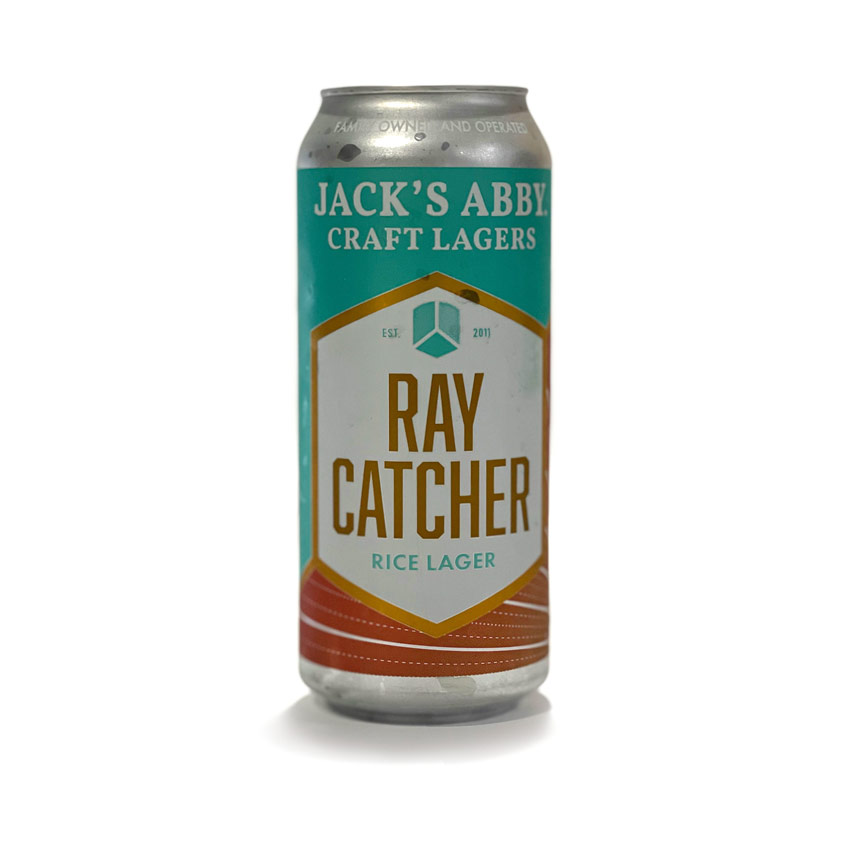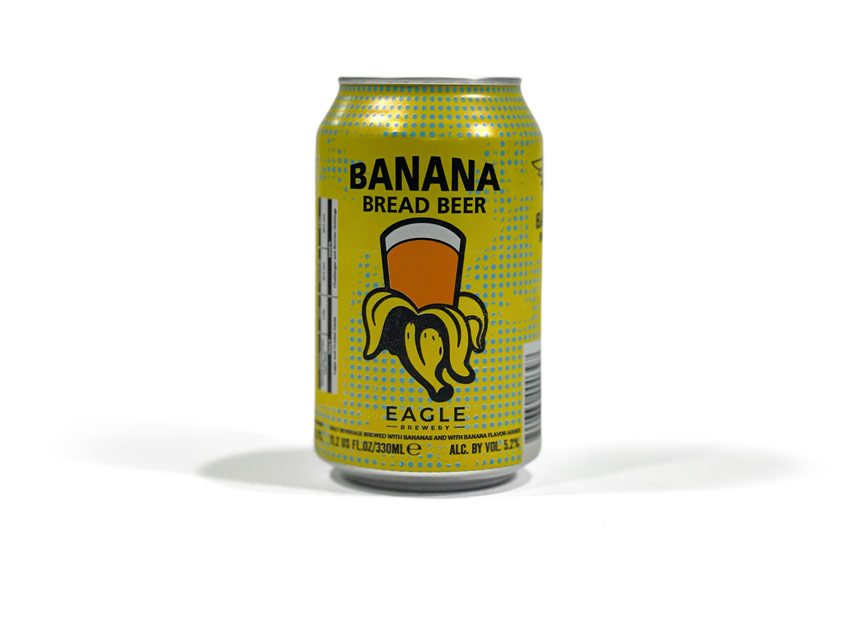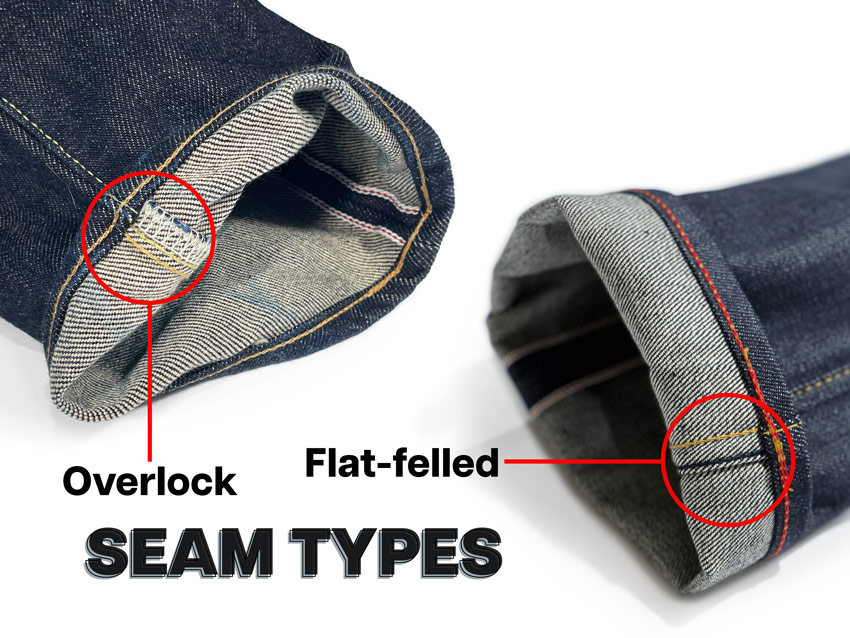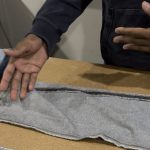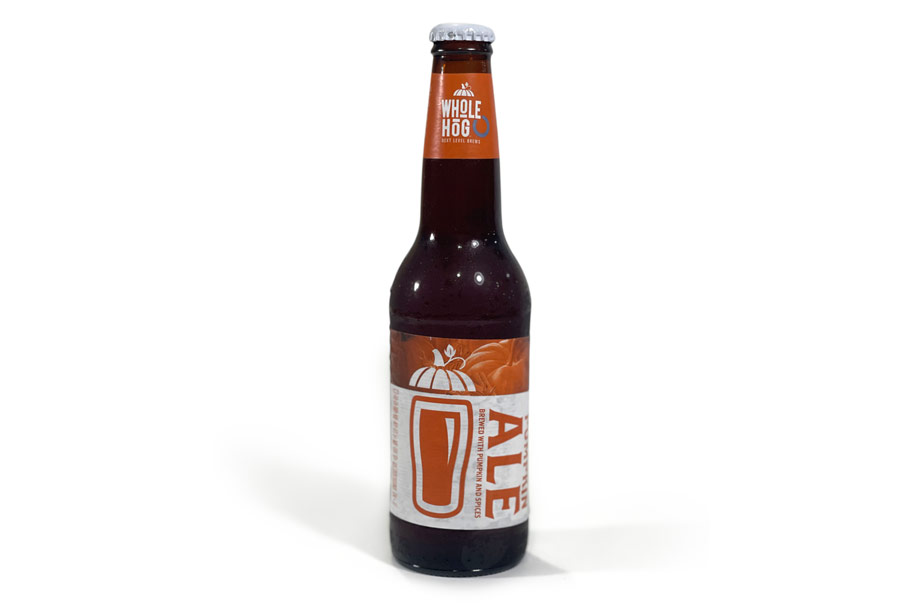
Whole Hog Brewery’s Pumpkin Ale is an exceptional brew that has been consistently capturing the attention and admiration of beer enthusiasts, especially during its seasonal availability from August through October. Despite pouring with a minimalistic appearance, almost deceivingly so, with few bubbles, this pumpkin ale has an unexpectedly vivacious flavor profile. There’s an artful harmony in the taste where one part brings forth a light and alluring sweetness while the other side resonates with a robust richness that you can’t miss. The beer masterfully balances its pumpkin essence and pie spices, ensuring they enhance the flavor rather than overpower it. Notes of natural cinnamon, nutmeg, and authentic pumpkin shine through, bringing memories of cozy autumn evenings.
Undoubtedly, Whole Hog Brewery’s Pumpkin Ale has made a significant mark in the brewing world. Garnering a series of notable accolades from 2012 to 2021, its awards stand as a testament to the ale’s exceptional quality. Such consistent recognition highlights the brewer’s unerring dedication to detail and craft.
With a clean finish, each sip becomes smoother and more delightful than the last, making it an absolute pleasure to the palate. Whole Hog Brewery’s Pumpkin Ale is not just a drink; it’s a journey through autumn’s finest flavors.
See where Whole Hog Brewery’s Pumpkin Ale ranks on our list
- Style: Pumpkin Ale
- ABV: 7 %
- IBUs: 38
- Seasonal: Available August through October
- Awards: 2021 Great American Beer Festival, Bronze Medal, Pumpkin Beer
- Awards: 2019 Great American Beer Festival | Gold Medal | Pumpkin/Squash Beer or Pumpkin Spice Beer
- Awards: 2018 Great American Beer Festival | Silver Medal | Pumpkin/Squash Beer or Pumpkin Spice Beer
- Awards: 2015 European Beer Star, Gold Medal, Herb and Spice Beer
- Awards: 2015 Paste Magazine, Gold Medal, Pumpkin Beer
- Awards: 2014 Great American Beer Festival | Bronze Medal
- Awards: 2012 Great American Beer Festival, Gold Medal, Pumpkin Beer
- Tasting Notes: Pumpkin pie spices, natural cinnamon, nutmeg, and real pumpkin
- Brewer: Whole Hog Brewery by Stevens Point Brewery, Stevens Point, Wisconsin-based, independent craft brewery

